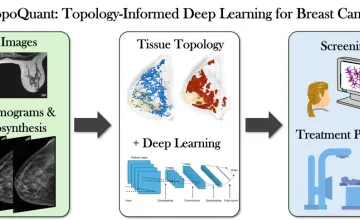AAU universities conduct a majority of the federally funded university research that contributes to our economic competitiveness, health and well-being, and national security. AAU universities are growing our economy through invention and innovation while preparing the next generation of scientists and engineers for global leadership. By moving research into the marketplace AAU universities are helping to create jobs, and provide society with new medicines and technologies.

UMD geologists uncovered evidence of a section of seafloor that sank into the Earth's mantle when dinosaurs roamed the Earth; it's located off the west coast of South America in a zone known as the East Pacific Rise.

Novel research supported by NCI could lead to more specific predictive disease models

A new University of Kansas study reveals parents seeking health care information for their children trust AI more than health care professionals when the author is unknown, and parents rate AI generated text as credible, moral and trustworthy.

Hypertension and amyloid plaques can separately cause dementia. Having both increases a person’s odds of developing cognitive decline, a new study finds
Explore More: University Research
You can filter stories by the university.
People with depression have low blood levels of a substance called acetyl-L-carnitine, according to a Stanford University School of Medicine scientist and her collaborators in a multicenter study.
Nearly a third of older adults have received a prescription for an opioid pain medicine in the past two years. But the associated dangers often go unaddressed, a new poll finds.
University of Michigan | AAU Universities Battle the Opioid Crisis | Treatment & Prevention | University Research
A new USC study offers new evidence that the monoamine oxidase-A enzyme (MAO-A) pathway could be an important target in treating prostate cancer.
UO scientists have found brain cells needed for zebrafish to socialize, a discovery that could help establish the small fish as a model organism for advancing research on autism spectrum disorders and schizophrenia.
A University of Pittsburgh team is helping people with paraplegia regain or improve mobility using robotic technology.
